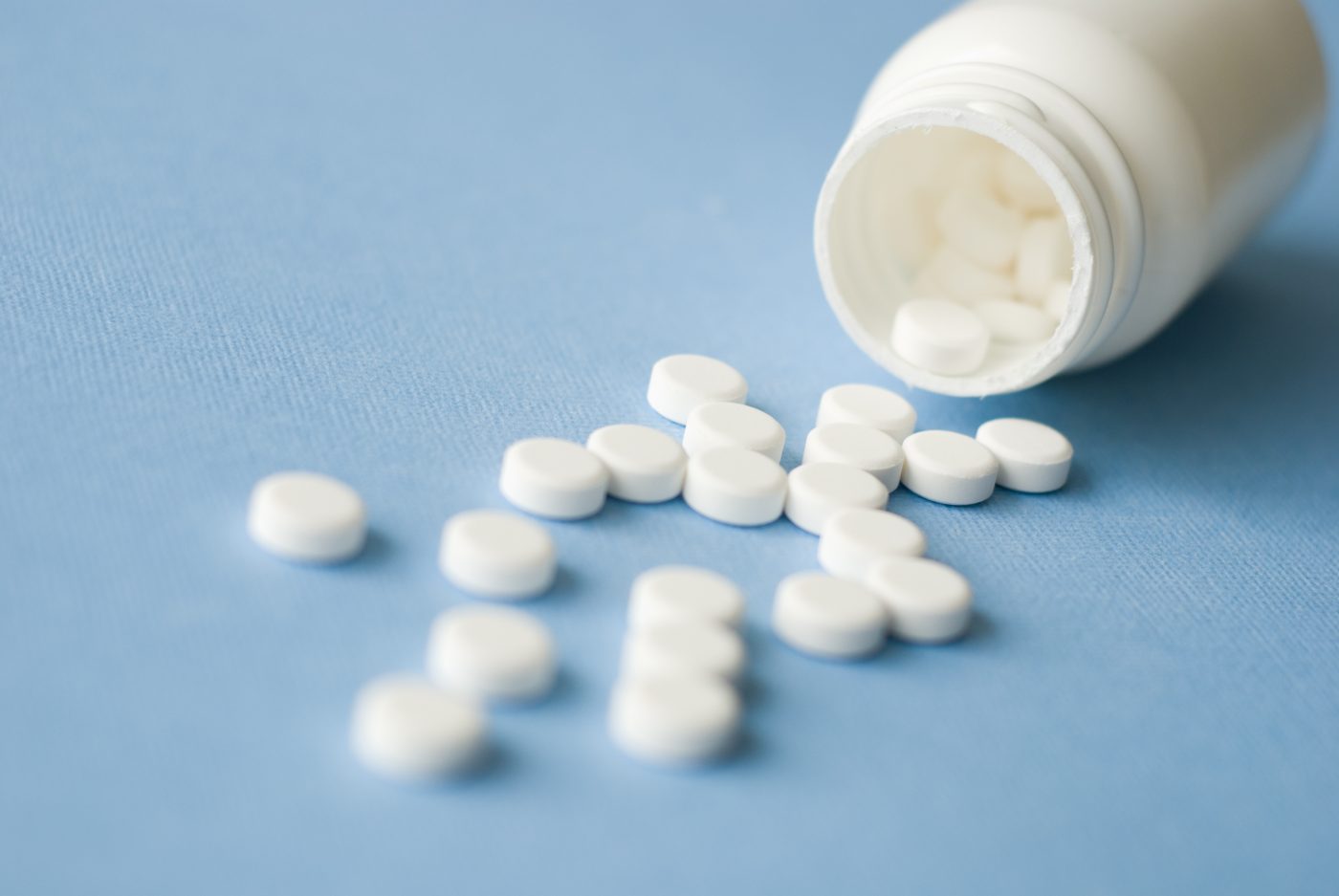Esbriet at Low Dose Effectively Treats IPF, Real-world Study Finds
Written by |

Low daily doses of Esbriet (pirfenidone), less than 1200 mg per day, are equally effective at slowing lung function decline in people with idiopathic pulmonary fibrosis (IPF) as higher daily doses, a real-world analysis found.
Lower doses may help to limit therapy side effects while still maintaining efficacy, the scientists said.
The analysis, published in the journal Nature Scientific Reports, appeared in the study, “Efficacy of low dose pirfenidone in idiopathic pulmonary fibrosis: real world experience from a tertiary university hospital.”
Esbriet is an oral IPF therapy, marketed by Genentech, that has been shown to slow lung function decline and reduce mortality risk.
The recommended dose of Esbriet in the U.S. and Europe is 2403 mg per day, while in Japan and South Korea the recommended dose is 1800 mg/day.
In real-world clinical practice, however, some patients take lower doses to avoid adverse events, with post-marketing surveillance in Japan showing about 60% of patients receiving less than 1200 mg/day. But the effectiveness of Esbriet at less than 1200 mg/day dose has not been confirmed.
Researchers based at Yonsei University College of Medicine and Seoul National University College of Medicine, in South Korea, reviewed the medical records of people with IPF who were treated with Esbriet, and evaluated the impact on lung function decline in those using less than 1200 mg per day (low-dose group) compared to those taking 1200 mg/day or more (high-dose group).
All were treated at a local hospital, followed for more than one year, and underwent at least two lung function tests as measured by forced vital capacity (FVC) — the amount of air exhaled from the lungs after a deep breath.
Of the 142 Esbriet-treated patients identified, 79 received low doses and 63 higher doses. As a control group, 92 Esbriet-naïve IPF patients were included in the analysis. Overall, the median Esbriet dose given was 1185 mg.
Analysis found that higher doses were given to younger patients, with a higher body-mass-index (BMI, fat content based on height) and larger body surface area (BSA).
FVC values were analyzed after adjusting for sex, age, height, and weight, as these factors can affect test results.
For the first year, the adjusted mean changes in FVC were minus 200.7 mL in the control group, compared to minus 94.7 mL in the high-dose group and minus 88.4 mL in the low-dose cohort.
While there was no significant difference between the high- and low-dose groups, FVC declined more significantly in the control group than among the Esbriet-treated patients.
For the second year, the FVC change in low-dose patients was minus 76.6 mL and minus 63.5 mL in the high-dose cohort, indicating that “the effect of low-dose pirfenidone persisted in the second year,” the researchers wrote.
An analysis of the efficacy of Esbriet dose after adjusting for body size (body surface area, BSA) found no difference in terms of FVC change among low BSA-adjusted doses (less than 665.0 mg per square meter) and high BSA-adjusted doses (665.0 mg per square meter or more).
In contrast, the low and high BSA-adjusted Esbriet groups showed a decreasing trend in FVC decline compared with control patients. Although not statistically significant, these trends together suggested that “even when the [Esbriet] dose is adjusted by BSA, the low-dose group has the same effect as the high-dose group in reducing FVC decline compared with the control group,” the researchers wrote.
No differences were identified in the number of acute exacerbations among all three groups.
Most adverse events (AEs) were related to the gastrointestinal tract (GI) or skin, with the most frequent side effects being indigestion (38.7%), anorexia (25.4%), and rash (25.4%). High levels of liver enzymes were found in eight (5.6%) patients.
AEs were significantly more frequent in the low-dose group, “suggesting that dose reduction is attributed to gastrointestinal tract-related adverse events,” the team wrote.
Specifically, a comparison of their frequency based on dose found indigestion in the low-dose group compared with the high-dose group to be 48.1% vs. 27.0%; for anorexia, 35.4% vs. 12.7%; and among those who experienced nausea, 17.7% vs. 1.6%. No differences in skin-related adverse events were reported between high- and low-dose patients.
“In conclusion, the present study revealed that low-dose Esbriet [less than 1200 mg/day] is also effective in reducing FVC decline,” the team wrote. “Dose reduction may help patients to better control AEs, especially GI tract-related AEs.”
“We expect that providing clear instructions to physicians for dose modification to control AEs and educating patients to continue the medication even at low doses can help reduce FVC decline based on our study result, that is, taking [Esbriet] at low doses is also effective,” the team added.





